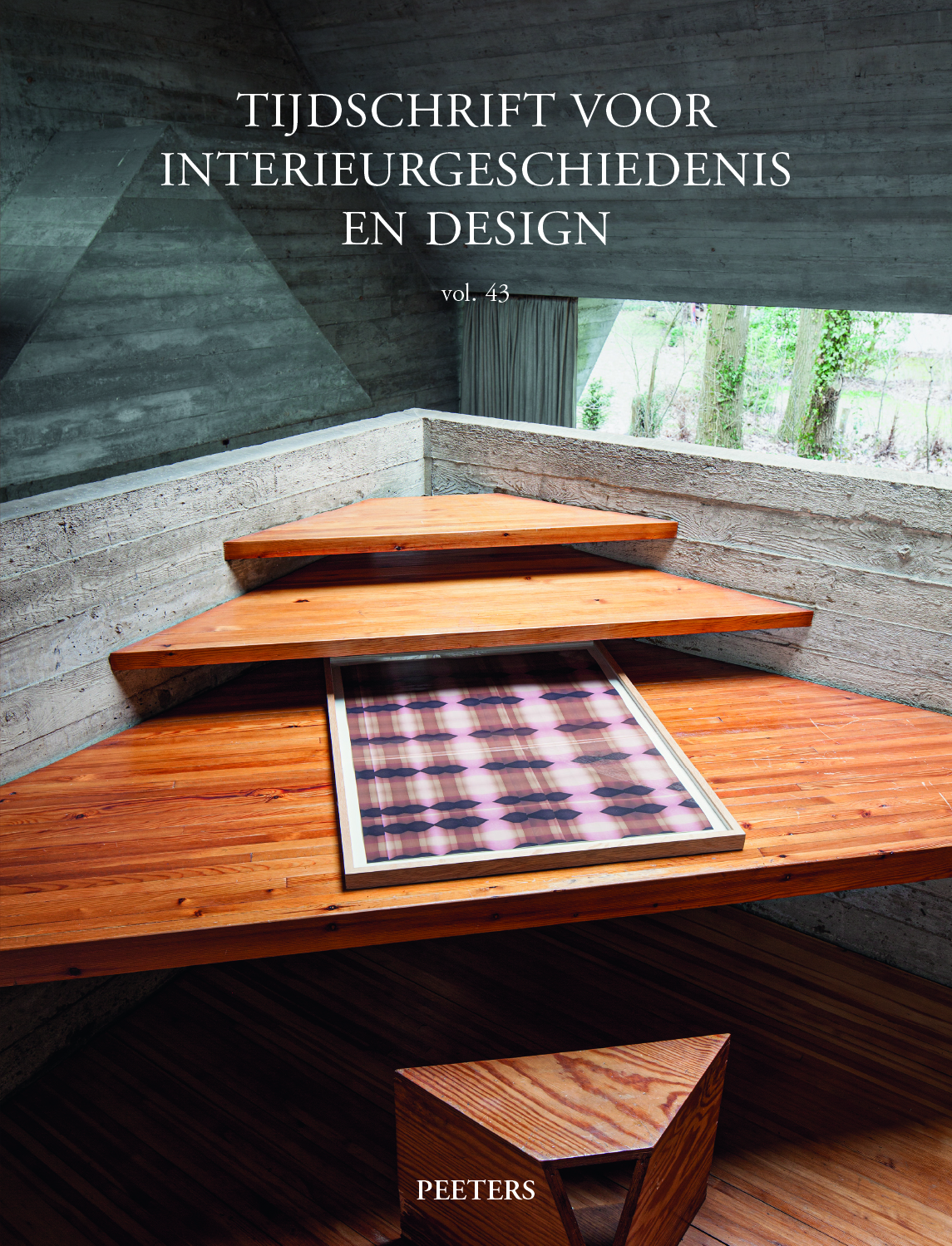 previous article in this issue previous article in this issue | next article in this issue  |

Preview first page |
Document Details : Title: Het archief van V-Form (1951-1978) Subtitle: Dertig jaar meubelproductie in één verhuisdoos Author(s): COMPERNOLLE, Lieve , VAN REGENMORTEL, Eva Journal: Tijdschrift voor Interieurgeschiedenis en Design Volume: 36 Date: 2007-2009 Pages: 109-128 DOI: 10.2143/GBI.36.0.2131158 Abstract : V-Form was a furniture company from Petegem (Deinze), active in the 1950s, 1960s and 1970s. The company archives have mostly been lost, with no designs or administration having been preserved. Former business manager Oswald Vermaercke (1926) donated what remained of the archives – some 45cm in shelf-length of documents – to the Ghent Design Museum in 2003. The photos, publicity folders and catalogues were the subject of a modest study that formed part of the Designarchief Vlaanderen project, which over the last three years has aimed to give a first impulse for better registration, preservation and dissemination of archives that relate to design. The V-Form archives provided a good example of what design archives could comprise and of the varied sorts of information they offered (concerning furniture design, the furniture industry and its materials, the advertising sector, living styles, tastes, colour trends, and so on). Many photos of dining-room ensembles are found in the 1950s archives. The sideboard, table and chairs were designed and sold as a suite. The same applied to the bedroom, which generally consisted of a double bed, two night tables, a tall wardrobe and a coiffeuse or dressing table. V-Form played a role in the development of ‘modern social furniture’, a reaction to the impractical, ostentatious furniture current just after the Second World War. The firm designed and produced furniture that was contemporary and functional. The ‘Vina’ and ‘Paola’ dining-room suites, the first in Expo-style and the second with a Scandinavian touch, are good examples. Conspicuous in the 1960s portion of the archives is the large number of brochures for wall units, such as the ‘Vario’ line. These wall units were generally conceived as modular furniture, with different modules that could be combined and multiplied as desired. The repercussions of the new consumer society on interior design are clearly felt in the advertising: time and again the emphasis is on the increased space offered by V-Form. These wall units then evolved into full-scale furniture walls that could be installed from floor to ceiling and could also serve as the wall itself. V-Form furniture was made of chipboard covered with a layer of veneer. Oswald Vermaercke went abroad to choose the veneer himself, examining the grain of each individual sheet. In the 1970s, ‘Resisto Finish’ almost overtook veneer. This material consisted of a layer of artificial resin melted on to the board, making it very strong and washable. Many of the bedroom suites made by V-Form in the 1970s were available in both wood and Resisto Finish. V-Form was not part of the avant-garde of its time but it did have a flair for contemporary style. The firm went out of business in 1978, unable to keep up with competition from abroad. |
|


